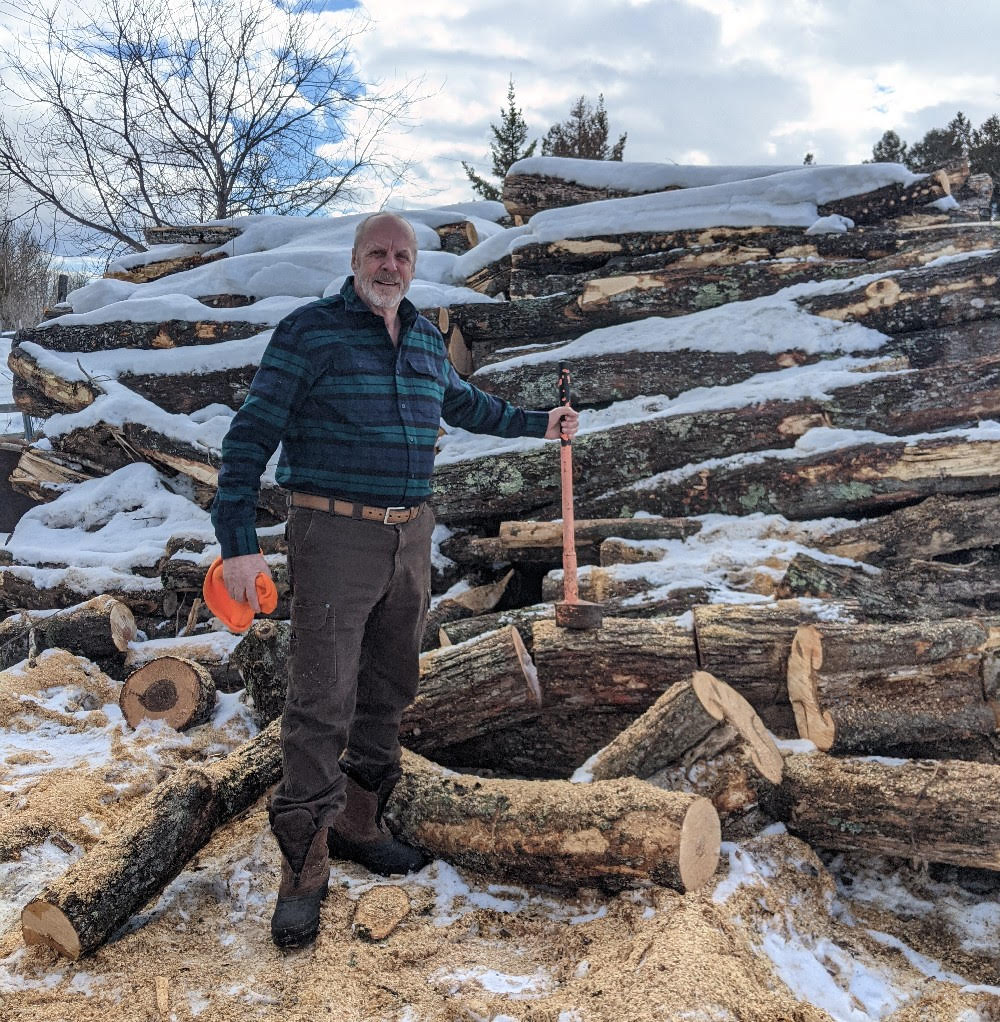BUCHANAN, Mich. (Michigan Back Roads) – Bear Cave is located on the St. Joseph River just a few miles north of Buchanan in Southwest Michigan. The cave was formed more than 10,000 years ago because of the glacial drift. It is the only cavern in Michigan.
The receding glacier left behind Tufa and boulders which make up the construction of the cave. This is not a gigantic cavern, such as those found at Mammoth Cave, or the Carlsbad Caverns. Rather, this is a small natural cave with multiple rooms. The whole thing is only about 150 feet.
MORE NEWS: Four Facing Charges for Pro-Palestinian Protest Outside U of M President’s Office
Touring the cave doesn’t take very long, but there are many details and unusual formations throughout the caverns. There are fossils embedded in the ceiling and walls, glacial boulders, and Cave Pearls. There is also a reddish gel-like substance that is iron oxide. It was used by the local Potawatomi Indians as a pigment for dyes.
As you descend the winding stairs into the cavern, you will see a Kansas Boulder thought to be tens of thousands of years old. The passage is about six to eight feet wide, damp, and more than ten feet high. The Tufa deposits that make up the cave walls are about 18 feet thick. While damp, the way is well lit, and the various formations are well marked, to add to the experience. Toward the back of the cave is a secondary passage that leads to a room with a low ceiling and a large pool of crystal-clear water. Beyond the low ceiling and pool is another hidden room. This room is known as the “Slave Room”, because it was used to hide slaves making their way to freedom on the “underground railroad”. This room also is home to the largest population of Eastern Pipistrelle Bats in lower Michigan. It doesn’t happen often, but you might see a bat during your walk through the cave.
Local lore has it that the cave was used by bank robbers. The story is told that bandits robbed a bank in Ohio back in 1895. They made their way across the state line and hid out in the cave. That incident led to the cave being used to film the movie “Great Train Robbery” in 1903.
Bear Cave is located within the grounds of the Bear Cave RV Resort. So, there is ample parking, security, and more to see during your visit to the cave. Follow the wooden boardwalk around the outside walls of the cave and you can walk by one of only 3 waterfalls in the entire lower peninsula. It may only be a few feet high, but this small plunge falls pours it on and after a good rain it will cascade right onto the boardwalk. Continuing on that walkway will bring you to a great scenic view of the St. Joseph River.
A visit to the cave wouldn’t be complete without taking a short walk across the ravine to visit the “Tulip Tree.” The tulip tree is enormous and sits on a high bluff above the river. The size of this tree alone makes it worth a visit, but like everything else around the area, there is some interesting history associated with this tree. Local legend says that this particular tree was an important meeting spot for councils of the Potawatomi Indians. The location of the tree would make it an ideal spot for watching traffic, friendly and otherwise, on the river. This would also make the spot a good location for tribal conferences since it would be easy to find for travelers.
The huge limbs of the tulip tree seem to be bent in unusual ways. Some say that the branches were bent by generations of braves sitting, or standing on them, while keeping watch over the approaches to the sacred gathering spot. Another possible explanation for the bent branches, is that they were bent and twisted deliberately by the tribe. There are trees with deliberately bent branches near Horton Bay that form a circle that was used as a sacred council place. On Beaver Island are trees that have similarly bent branches that were bent that way, as directional markers, by nomadic tribes traveling the archipelago.
MORE NEWS: Michigan Stadium Joins the Party: Alcohol Sales Begin This Season
Directions: The Cave is located a couple miles north of Buchanan on the Red Bud Trail.

Leave a Comment
COMMENTS POLICY: We have no tolerance for messages of violence, racism, vulgarity, obscenity or other such discourteous behavior. Thank you for contributing to a respectful and useful online dialogue.